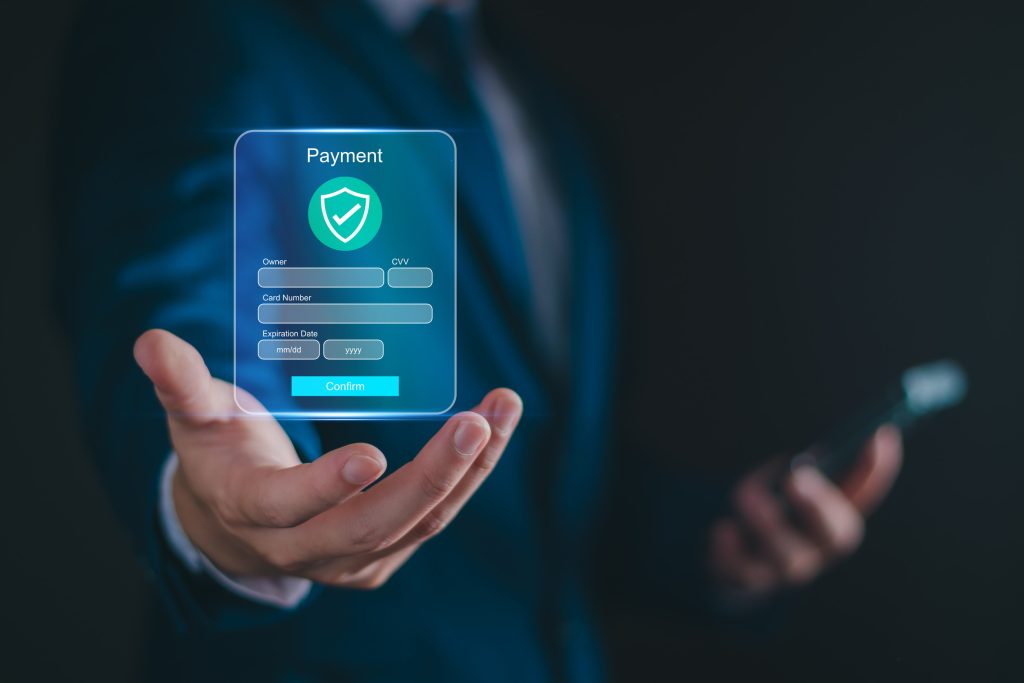
Peer-to-peer (P2P) payment apps have made sending money as easy as sending a text. They feel safe and are backed by major tech companies and banks. We use them to pay the babysitter, split a dinner bill, or buy something online. We trust them. But that trust is dangerously misplaced. The speed and finality that make these apps convenient are the very features that scammers exploit. When a transaction goes wrong, most of these supposedly secure payment apps offer little fraud protection. Their user agreements often leave you with no legal recourse.
Here are eight popular payment services where your money is at risk if you get scammed.
1. Zelle
Zelle is built directly into most major banking apps, giving it an aura of security. But Zelle operates like digital cash. Its own website warns you to only send money to people you know and trust. There is no fraud protection for goods and services. If you send money to a scammer for tickets that never arrive, Zelle considers that an “authorized” transaction. Because you sent the money, banks have no obligation to reverse the charge. You have virtually no way to get your money back.
2. Venmo
Venmo’s social feed makes transactions feel casual, but its protection policies are strictly business. For a standard P2P transaction, Venmo offers no fraud protection. They advise you to work it out with the other person if you get scammed. While Venmo does have a “Purchase Protection” program, you must explicitly opt-in for that transaction. It also comes with a fee for the seller. Most users don’t do this, leaving them completely exposed.
3. Cash App
Cash App, owned by Block, functions very similarly to Venmo and Zelle. It is designed for fast, irreversible transactions. Their user agreement makes it clear they are not responsible for disputes between users. If you buy something from an online seller who doesn’t ship it, Cash App will not mediate or refund your money. Once you hit “Send,” the money is gone. You have no legal standing to force a refund through the platform.
4. PayPal (Friends & Family)
People often see PayPal as the original “safe” way to pay online, but how you send money is critical. PayPal offers a robust Purchase Protection plan for “Goods and Services” transactions. However, scammers will often insist you use the “Friends & Family” option. They do this because “Friends & Family” transactions have no fees and no purchase protection. If you use this method to buy something, you explicitly tell PayPal it is a gift. You forfeit all rights to file a claim if you get scammed.
5. Apple Pay Cash
Apple Pay Cash (now Apple Cash) lets you send money directly through iMessage. It’s seamless and integrated, but it’s not designed for commercial transactions. Like other P2P services, these payments are final. There is no process for disputing a transaction or filing a claim for fraud. Apple’s terms of service place the responsibility squarely on the user. You must ensure you are sending money to a trusted recipient.
6. Google Pay
Google Pay is another popular digital wallet that allows P2P transfers. It offers strong security for credit card transactions in stores. However, its P2P service is a different story. When you send money directly to another person’s account, the transfer is final. Google does not offer purchase protection for these transactions. They will not intervene in disputes, directing you to resolve the issue with the other party.
7. Meta Pay (Facebook Messenger)
Sending money through Facebook Messenger (Meta Pay) is convenient but risky for commercial transactions. The platform is designed solely for personal transfers between friends. It has no formal purchase protection program for users. Scammers on Facebook Marketplace love this method. They know that once you’ve sent the money for an item, there is no mechanism to get it back. You are sending digital cash with no safety net.
8. Wire Transfers (via Bank Apps)
A wire transfer is the oldest form of digital cash and the most final. Scammers often use wire transfers as the final step in sophisticated scams. They know the money is irreversible. Once a wire transfer is sent and received, it is gone forever. Banks cannot pull the money back, and you have essentially zero recourse. It is one of the least secure payment apps or methods for dealing with an unknown party.
Convenience Comes With a Cost
The theme across all these platforms is the same: they are designed for trust, not commerce. They are secure in that they encrypt your data. They are not secure in that they do not protect your transaction. The only payment method that consistently offers strong fraud protection is a credit card. Before you use a P2P service, ask yourself if you would be comfortable handing that person physical cash. If the answer is no, don’t use the app.
What’s your #1 safety rule before hitting ‘Send’ on an app like Zelle or Venmo?
Read more:
The Rental Scam How Fake Listings Lead to Real Danger
7 Things You Should Never Send on Peer‑to‑Peer Money Apps
The post 8 “Secure” Payment Apps That Don’t Cover You in Court appeared first on Budget and the Bees.







